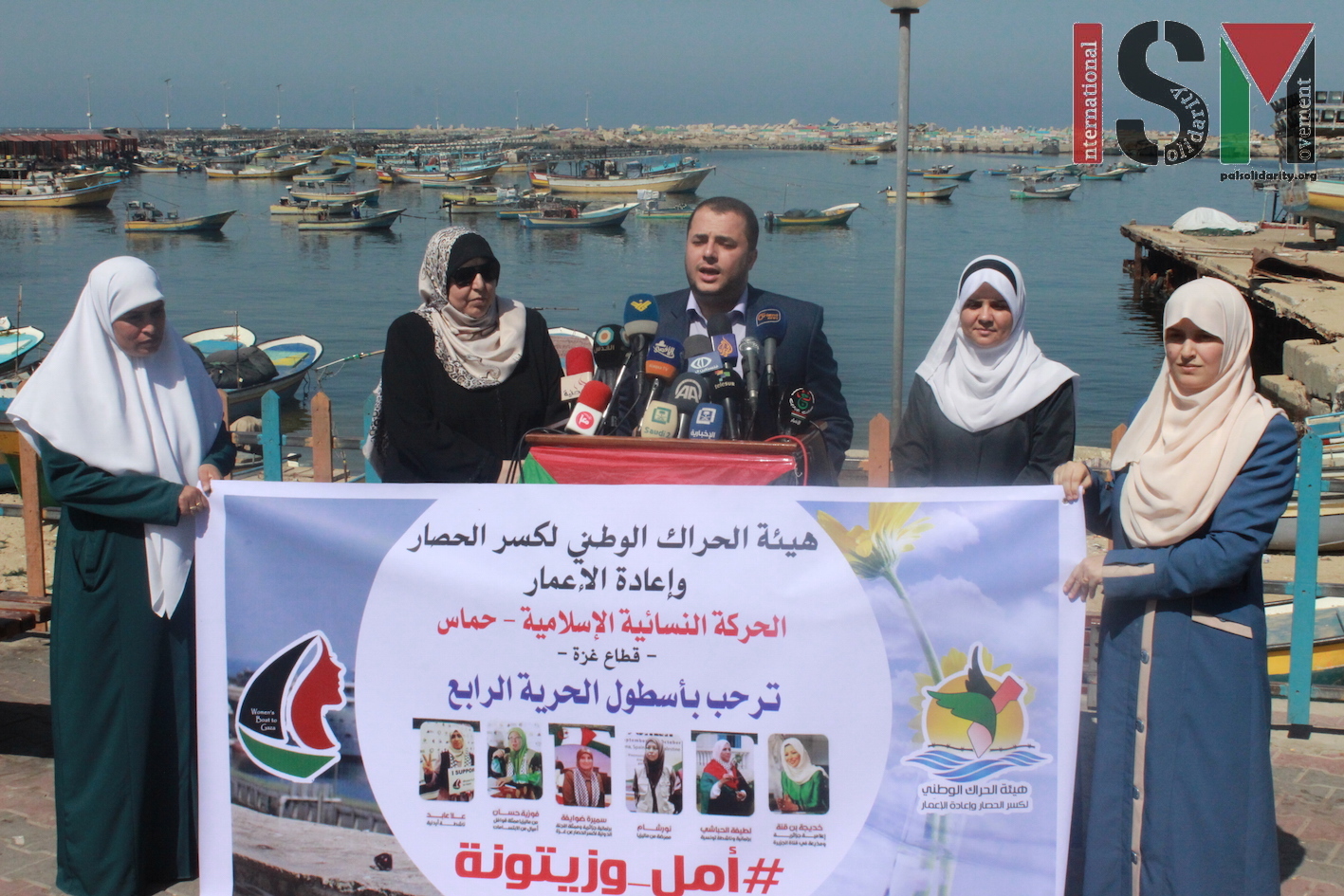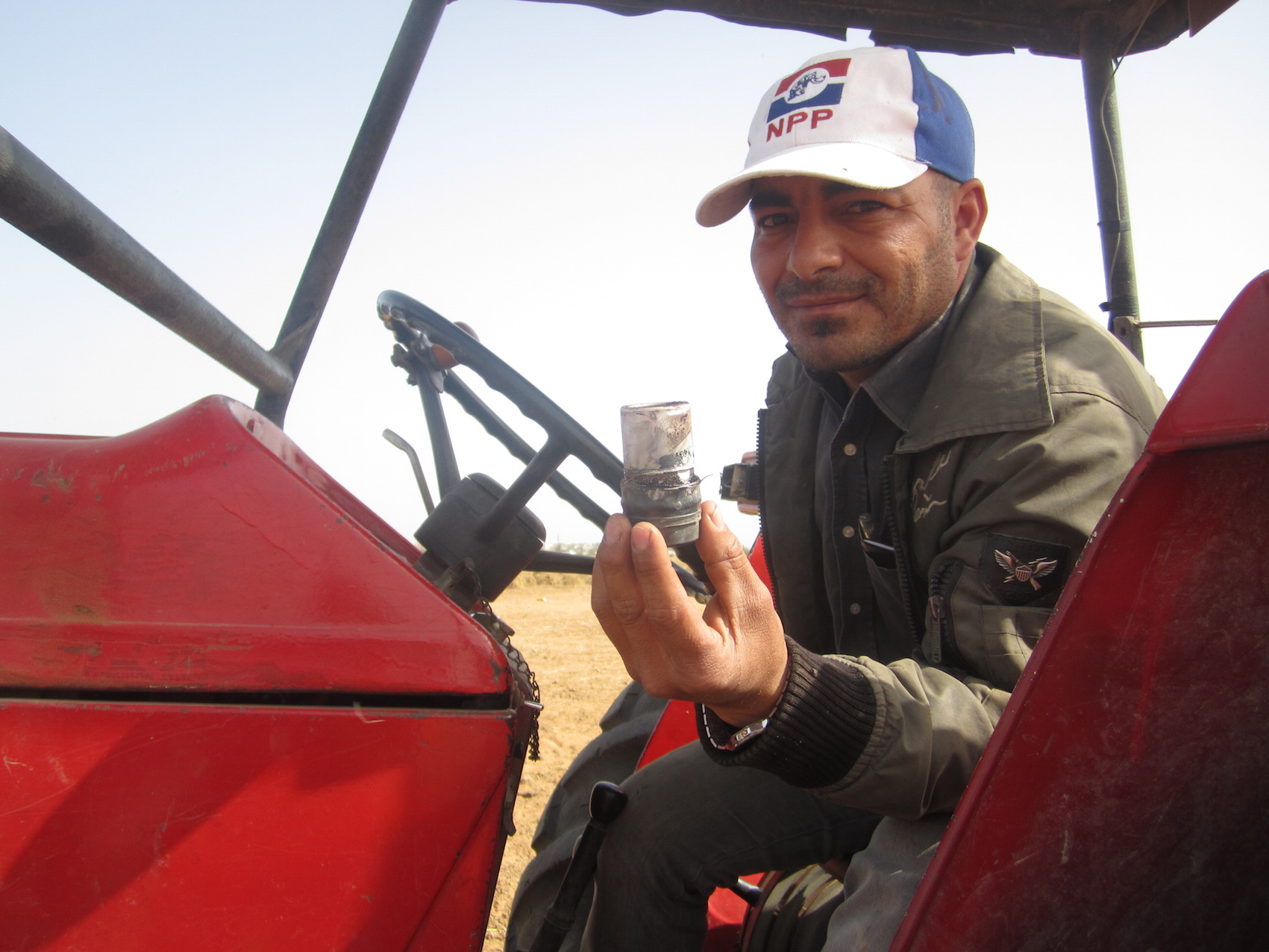Category: Gaza
-
Israeli Forces Shoot a Palestinian Fisherman for the Third Time
24th October 2016 | International Solidarity Movement, Gaza-team | Gaza, occupied Palestine On Sep 5th, 2016, the Gaza fisherman, Ahmed Mohamed Zaied. 32 years of age, was fishing along with his friend using a hasaka (small boat). They were fishing closer than 1.5 miles in the Palestinian territorial waters, in the northern part of the…
-
Palestinian Committee for Breaking the Siege
22nd September 2016 | International Solidarity Movement, Gaza team | Gaza, occupied Palestine Yesterday the Palestinian Committee for Breaking the Siege organized an event in Gaza’s port in order to welcome the two boats that left a few days ago from Barcelona and intend to break the siege in the coming weeks. Adham Abu Slimiya…
-
Israeli attacks on Gaza farmers
3rd September 2016 | International Solidarity Movement, Gaza team | Khan Younis, occupied Palestine According to the Council for European Palestinian Relations the Palestinian agricultural sector’s contribution to the GDP dropped between 1993 (Oslo Accords) and 2009 from 13% to 4.8%, due to the illegal practices of the zionist entity, such as land theft, confiscation…



